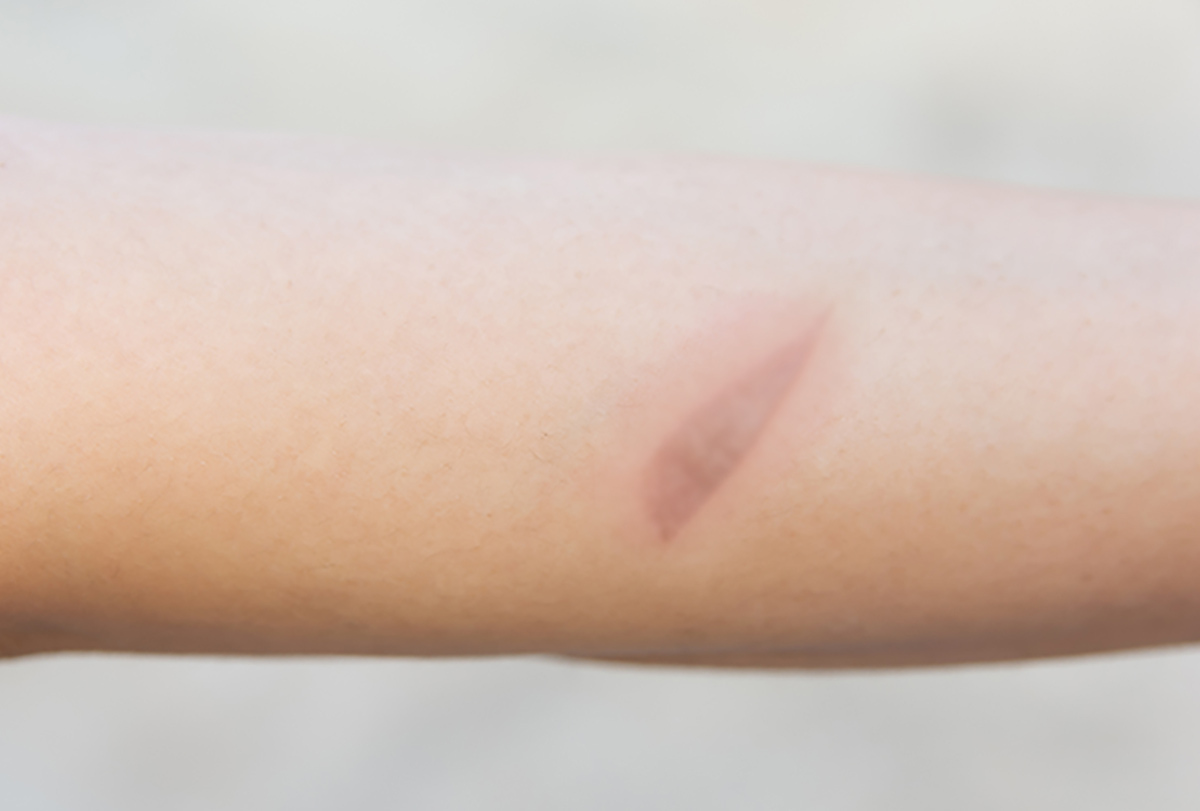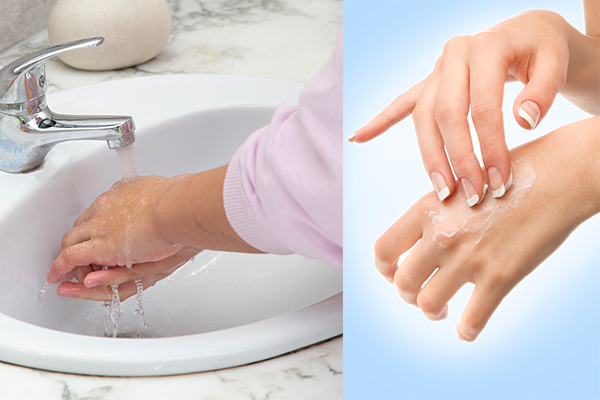In this article:
Mild burns that affect less than 10% of the skin surface in adults and less than 5% in children are classified as minor burns. (1) These include first-degree burns that can lead to blister formation and sunburns.

Mild burns are superficial and quite common, unlike second-degree and third-degree burns. Minor burns often cause swelling and redness, taking anywhere between 3 days to a few weeks to heal. While these burns can be treated at home, it is important to know the correct methods to prevent scarring.
Scars generally develop if the burn is deep. Minor burns without blisters do not leave a scar, but burns that cause blister formation may result in scarring or discoloration at the burn site after it heals.
Common Causes of Minor Burns
To prevent any future burn incidents, it is crucial to know the factors that can cause burns, which include:
- Accidental contact with high-temperature objects, such as hot foods and beverages, hot bath water, steam, hot cookware, or hairstyling tools. Contact with such objects can increase the temperature of the skin and underlying tissues, resulting in scalding. (1)
- Friction against a surface, such as when your skin gets caught in the moving conveyor belt of a treadmill.
- Electrical shock experienced while biting on chords or putting fingers or objects in electrical outlets.
- Sunlight exposure for a long time, leading to sunburns, as ultraviolet rays are harmful to unprotected skin.
- Radiations, such as during an X-ray.
- Chemicals, such as bleach. Minor burns may also result from accidentally swallowing strong acids present in objects, including button batteries or drain cleaners.
Symptoms of a Minor Burn
Minor burns inflict damage to the outer layers of the skin, producing symptoms such as:
- Redness
- Pain
- Inflammation
- Blisters
At-Home First Aid for Minor Burns

A burn occurs when your skin is subjected to extreme heat. This excessive thermal energy gets trapped in the skin and continues to burn it for some time even after you move away from the hot surface. Thus, it is very important to tend to the burn immediately and immerse it in cool water to douse the trapped heat.
Addressing your burn with prompt first-aid treatment can minimize the risk of scarring and infection, provided it is followed by a meticulous routine of cleaning, sanitizing, topical medication, and light dressing.
Medical Treatment for Minor Burns
Since minor burns are not severe and constitute first-degree burns, they can be treated in the outpatient department. The primary focus of medical treatment for minor burns is to provide pain relief using oral analgesics or topical agents, such as petroleum gauze, and Silvadene. (2)
The affected area is first cleaned, and the superficial stripping layer is removed. If infection occurs, it is essential to change the dressing and examine the wound daily.
The general treatment includes a 7-day course of an antibiotic. However, moderate and severe burns need to be attended in proper hospital burn centers.
Diagnosing Burns
If you suspect a deep burn, you should see a doctor for evaluation. The doctor will determine the severity of the burn by examining the affected skin.
You may be shifted to a burn center if:
- The burn covers more than 10% of your body’s surface area.
- The burn is deep.
- The burn is on your face, feet, or groin.
Additionally, the doctor may examine you for other injuries and order lab tests and diagnostic procedures accordingly.
Complications Associated With Minor Burns
No severe complications are associated with minor burns. However, if not treated properly, they may lead to:
1. Infection
The broken skin can act as a portal of entry for bacteria to cause an infection. It is vital to seek medical assistance if your burn causes a blister since it can easily get infected on bursting.
If the infection is not controlled, it can lead to sepsis, putting you at risk of organ failure and shock.
2. Scarring
A scar refers to a patch of tissue that is visible as a mark after a wound has healed.
Minor burns generally do not cause scarring, especially if you take proper preventive measures like covering the affected area until it heals and avoiding rubbing or pinching the blister if present.
You may also apply an emollient two to three times a day after wound healing to prevent scars. These emollients include emulsifying ointments and aqueous cream. However, a deep minor burn can stimulate an overgrowth of scar tissue and, therefore, should be medically evaluated.
When to See a Doctor
Minor burns generally do not require medical attention, but it is necessary to seek help from a doctor if you believe that your burn is deep or more severe than a first-degree burn.
It is essential to know when you can treat your burn at home and when you need to visit a medical facility.
It is recommended to take help from a medical professional if:
- The affected person is a child or an elderly.
- The burn affects an area larger than 3 inches in diameter.
- The face, groin, hand, or buttocks are burned.
- The burnt region is painful and giving out a smell.
- The skin is blackened or whitish and numb, which are signs of a third-degree burn.
- Signs of infection are present, including redness, swelling, pus, or red streaking around the wound.
- The last tetanus shot was more than 5 years ago.
While rare, severe burns during pregnancy pose a significant threat. In this case, it is important to visit a burn unit and seek fetal monitoring.
Final Word
Minor burns are quite common, and one may experience them several times in their life. Since they affect only the outer layers of the skin, minor burns do not require special medical attention. They can usually be self-treated with proper home care, and you can ask your doctor for some pain-management medicines if needed.
Medication may also be required if the wound becomes infected. Additionally, several home remedies may be used to facilitate healing. However, if the burn is severe, it is crucial to seek medical help straight away.

- Was this article helpful?
- YES, THANKS!NOT REALLY


